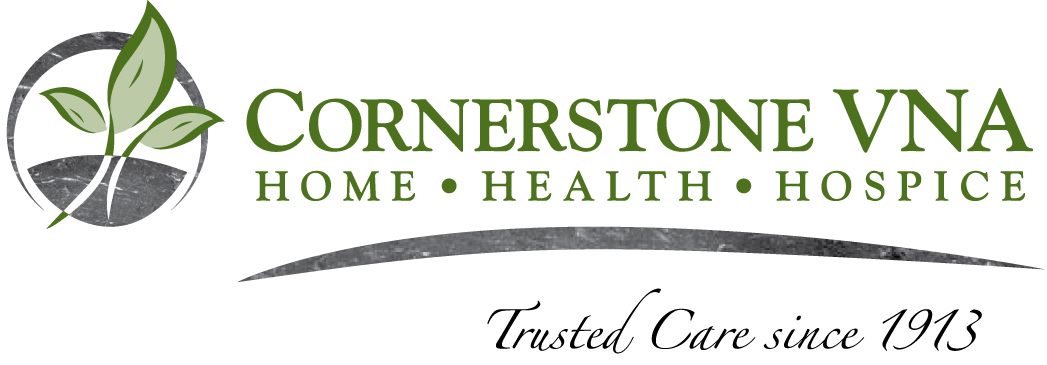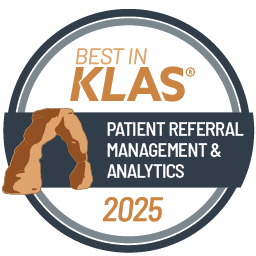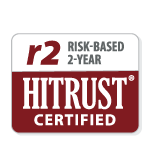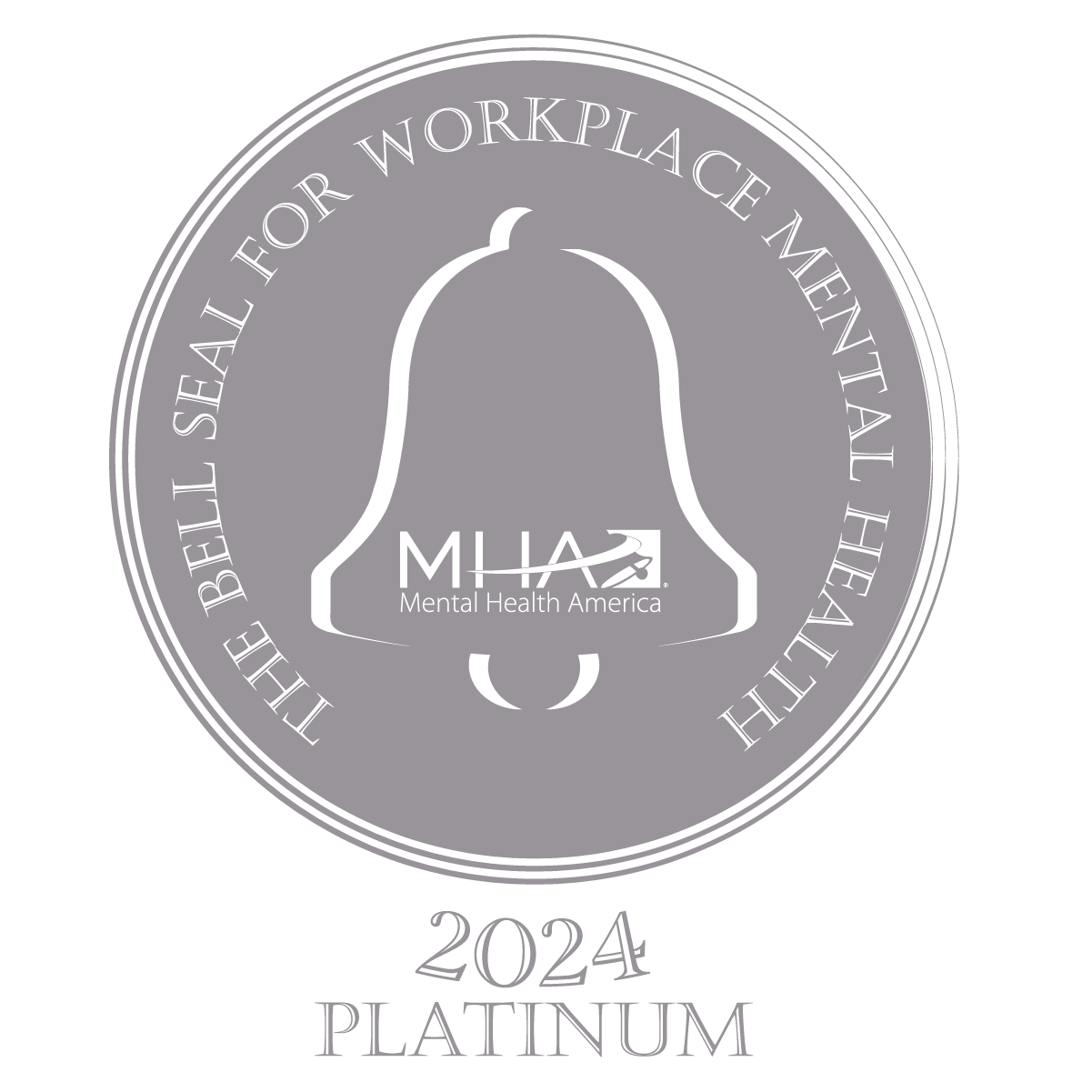Why is healthcare so expensive?
It’s a common question we find ourselves asking every time we visit a healthcare facility. Where do these costs come from, and where does the money go? With such a common question, the answer should be just as accessible to patients and practitioners alike.
Healthcare spending is ~17% of GDP and is twice as high in the US as similar high-earning countries, yet utilization is about the same. So why is this? To put it simply, patients and providers are not receiving the full value of their expenditures.
In the United States, healthcare prices are comparatively higher for pharma, medical devices and salaries or fees for services — and these costs are all passed on to our patients. These higher rates come from a variety of sources:
- We invest in and deploy tech at a rapid rate, and these costs begin to add up. By providing updated, state-of-the-art technology, the United States is increasing our overall healthcare costs by 7% every year.
- Cost for the uninsured and uncompensated care is carried by everyone, most of the time through a web of complex and complicated funding streams. Even though these costs are spread out across several different avenues, they still raise the average spend on medical care.
- Our healthcare system is built on choice, but the choice comes with a cost. Providers choose how and where to practice, how much to charge, and what kind of care to provide. Patients choose which insurance plans to use, which providers to see and which procedures they want them to perform.
- Approximately 33% of US healthcare dollars are spent on administration. This complex system has multiple payers, non-standard billing requirements, and, unfortunately, redundancies/waste for repeated procedures.
What are administrative costs in healthcare?
Breaking it down even further, we can evaluate the varying administrative costs associated with an average hospital visit, which are typically divided into three major categories:
- Billing- and Insurance-related (BIR) costs: These costs associate with the expenses from claim processing, billing rates, or healthcare insurance.
- Hospital-related costs: These expenses associate with hospital management and internal initiatives that monitor and improve care quality.
- Provider-related costs: These expenses associate with clinical services outside of BIR, hospitals, physician practices, and other healthcare institutions such as medical libraries, public relations and accounting.
Administrative provider expenditures in the United States are higher than those in other comparable Western countries by 25.3 percent.
How do we reduce healthcare costs?

As a provider, it can look like reducing your bottom line for patients is impossible when all these expenses are taken into account. Yes, healthcare is a business, but when your “product” is people’s health, you strive to hit goals that reflect more than just profits.
Some argue we should adopt the “universal payer approach” and require payers to adopt a universal operating framework with the same forms, submission methods and other rules. However, with the complexities and politics that would come into play to make overhauling changes like that, this likely won’t change for some time.
In the meantime, there are other ways your practice can work to reduce costs on a case-by-case basis by turning to internal methods:
- Automate as much as possible and use technology that enhances productivity in your system.
- Reduce waste on duplicate or unnecessary care by reviewing across data all points of the healthcare system. This can be done by making data from payers, providers, vendors and consumers more readily and fluidly accessible.
- Increase health literacy and consumer agency by empowering patients to be actively involved in the care they receive. Educate your patients on care options (including sites of care and who delivers the care), and let them become proactive in maintaining their health.
Why does managing administrative costs in healthcare matter?
The Quadruple Aim is acknowledged industry shorthand for the most important goals driving the health industry, especially as it moves towards a value-based payment model and incorporates more technology into care delivery. These are the four goals of the Quadruple Aim:
- Lower costs of care
- Better patient experience
- Improve health outcomes
- Improve physician satisfaction
This concept was first introduced as The Triple Aim, but many insisted that physician satisfaction be included and expanded it to Quadruple. The Quadruple Aim focuses on improving physician satisfaction as well as patient care. When your clinicians are happy with where they work and receive proper training, they are more likely to stay on longer.
The path to Quadrupole Aim requires the identification of issues that can stunt growth and business prosperity. The good news is, there are strategies and technological advancements that can absolutely transform your business — more on this to come.
How Can you Control Costs without Sacrificing Patient Safety and Outcomes?
Controlling costs can be easy once you identify ways to do so. Start by taking a thorough look at your people, processes and technology. Here are some steps to start with:
- Conduct an enterprise-wide internal audit of your back-office processes, taking an extra look at:
-
- Referrals
- Medical records management
- Field/office communications
- Identify duplicate and inefficient processes. How much time is spent on each task? What can be automated to ease burdens on your staff?
- Who are your best-performing employees? Take a look at their practices and scale their strategies across your team.
After looking over your pre-existing internal work and identifying areas where you may need assistance on expanding, consider turning to an outside service. The Forcura Care Coordination Platform provides a secure and accessible dashboard that collects all of your patient data in one spot. By streamlining your data-recording system, it’s easier to pull patient information. You can boost productivity in the following ways:
- Accurately process more patient documentation with fewer staff
- Allow cross-functional teams to collaborate and manage workflow through one integrated platform
- Simplify compliance and audit processes to minimize risk
- Provide accurate training to educate new hires faster
- Eliminate dependencies on internal technology experts
- Eliminate hard costs such as paper, ink, printing, postage, faxing and storage
People + Process + Technology = How Forcura Supports the Quadruple Aim
- Key Performance Behaviors – Cindy Campbell
 WellSky is a leading healthcare technology provider that empowers health and human services providers to deliver exceptional care. Director of Operational Consulting Cindy Campbell highlights the value of maintaining a positive relationship between your home health business and its signing physicians. According to her, audience intake is the front door to your company. Ensuring that your staff is properly trained and educated helps build trust within your organization and work environment.
WellSky is a leading healthcare technology provider that empowers health and human services providers to deliver exceptional care. Director of Operational Consulting Cindy Campbell highlights the value of maintaining a positive relationship between your home health business and its signing physicians. According to her, audience intake is the front door to your company. Ensuring that your staff is properly trained and educated helps build trust within your organization and work environment.
Once your staff members have been properly trained, it’s essential to equip them with technology that allows them to provide the best patient experience. By providing the correct technology, you let your workers get more done, easier, each day.
By empowering your practice through technology, Forcura can help make your clinicians’ lives easier. We aim to provide the tools that help your practice thrive and provide better patient care.
Forcura is Your Profitability Solution
Forcura is a top-trusted healthcare technology company that brings comprehensive care coordination solutions to the home health and hospice market. Our EHR-integrated platform allows you to better manage every aspect of your business. We assist 600+ clients in the healthcare industry, helping to improve their day-to-day workflows through:
- A cloud-based platform that allows users to log in from any remote access point so they can connect to patient data both in the office and outside of it.
- Management features that support up to 800 patients per admin staff member, so you can streamline patient care without adding headcount.
- Unlimited users at no additional cost--your whole team can be trained and utilize the Forcura dashboard. Our intuitive platform enables consistent workflows for all users to be "trained to.”
- A fool-proof system to keep you in constant compliance. Receive a full audit trail of all documents required with actions taken by the user with date/time recorded.
- A simple, intuitive UI with designated admin users and access controls so you can show correct information to the appropriate people whenever they need it.
The Forcura Difference
What sets Forcura apart is our cutting-edge technology and our attention to detail. We pride ourselves in being thought leaders in the medical industry and helping our customers thrive.
- We integrate with industry-leading EHRs and offer a low number of downtimes, exceptional customer experiences, and continuous solution innovations.















